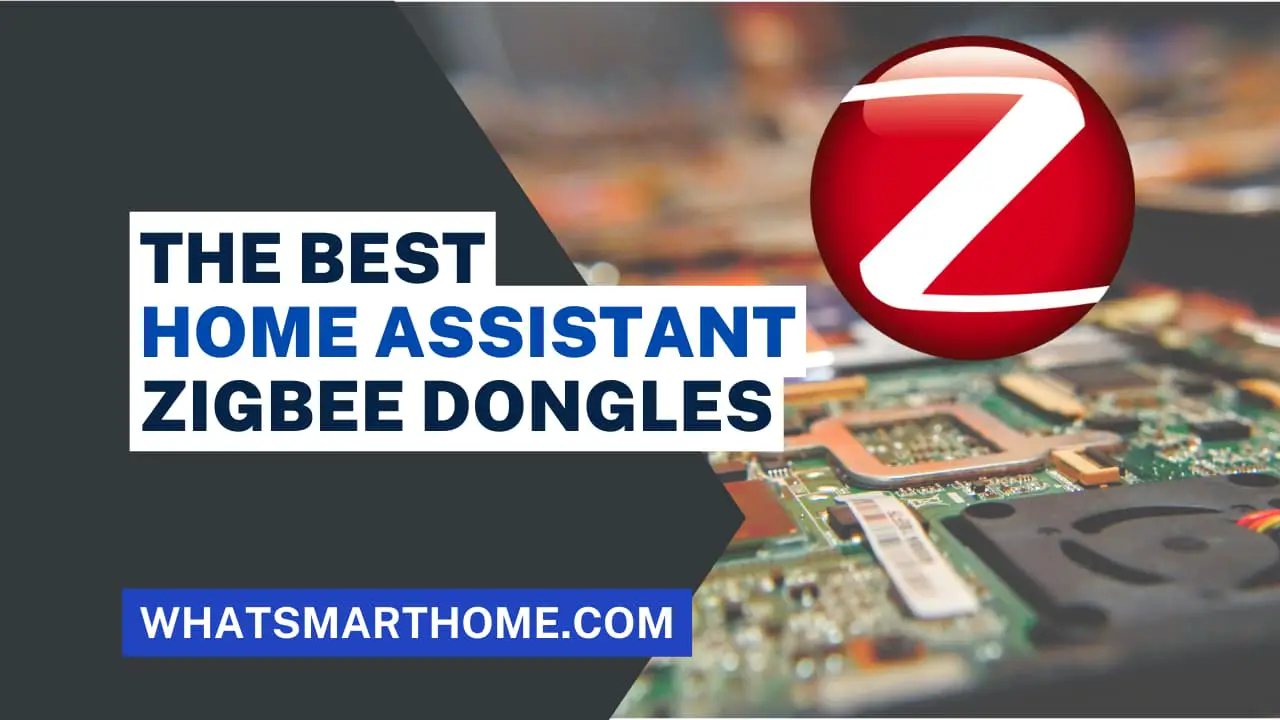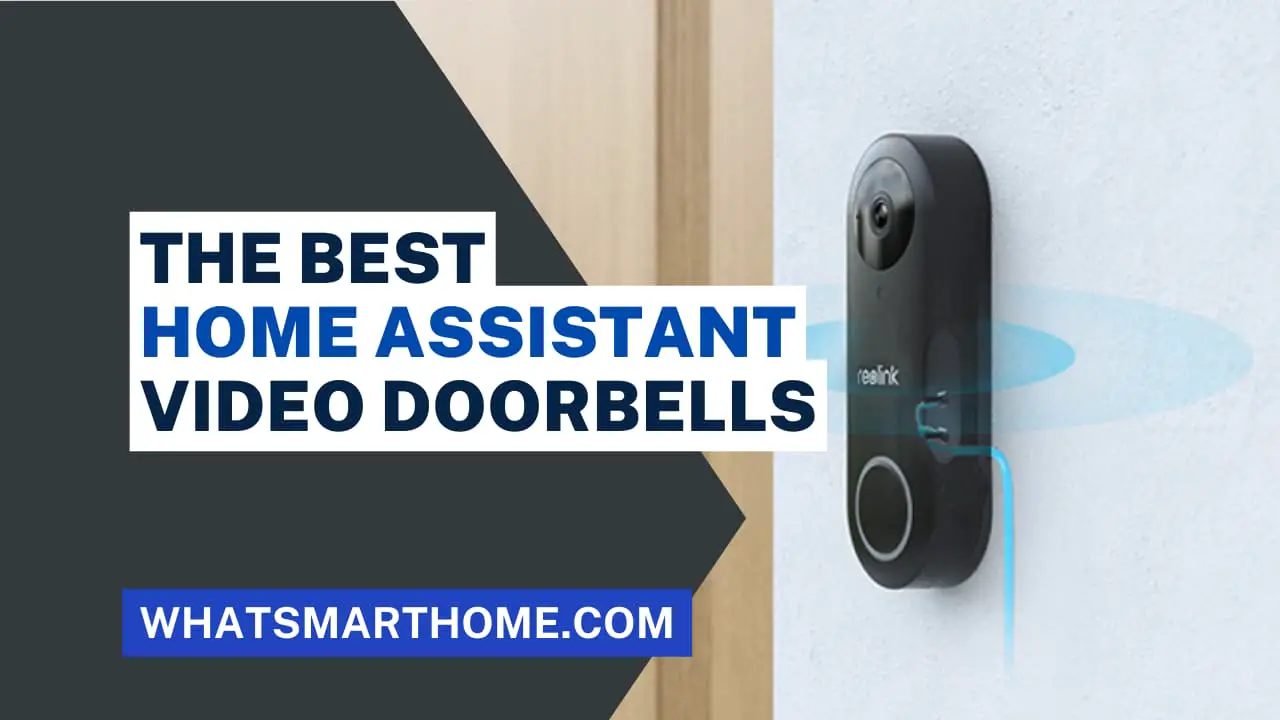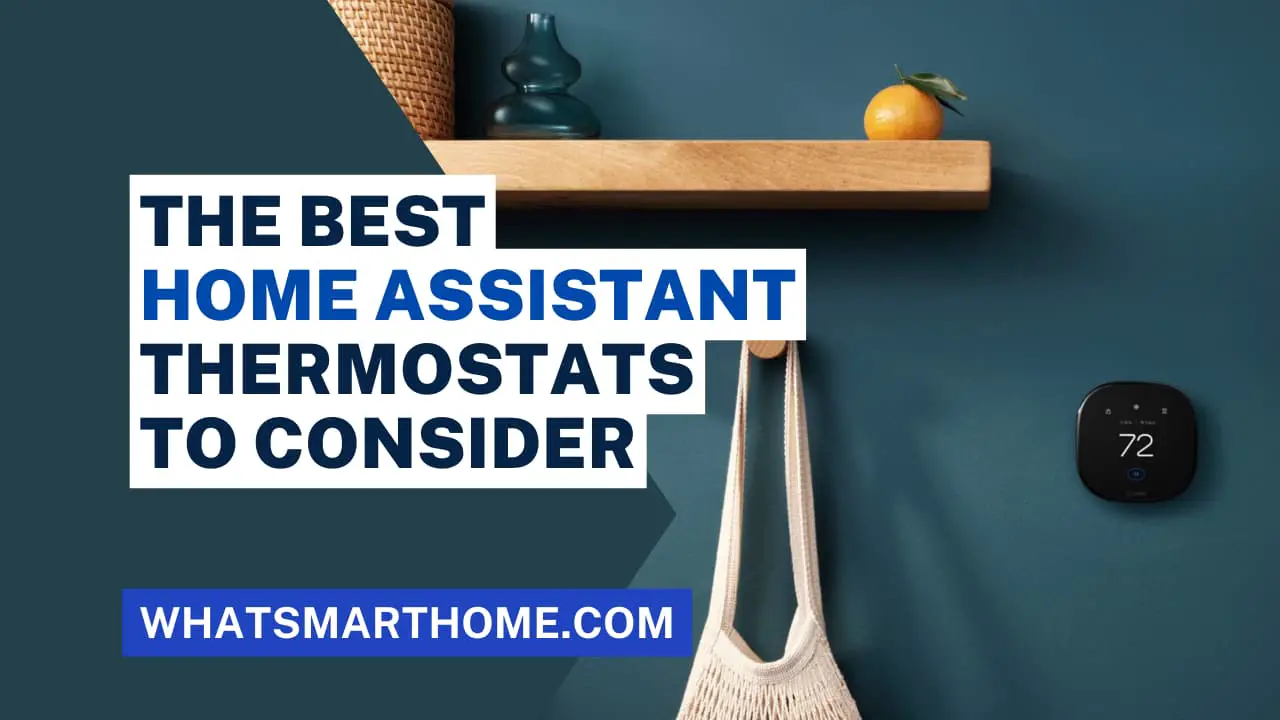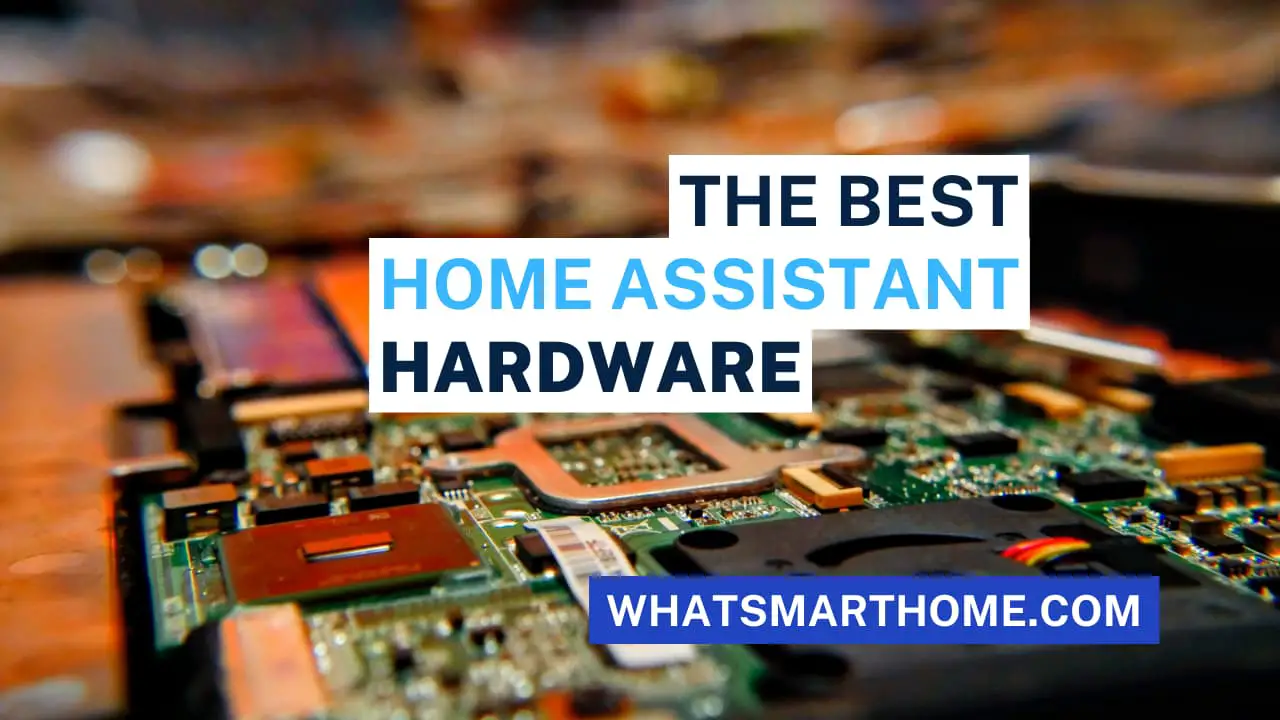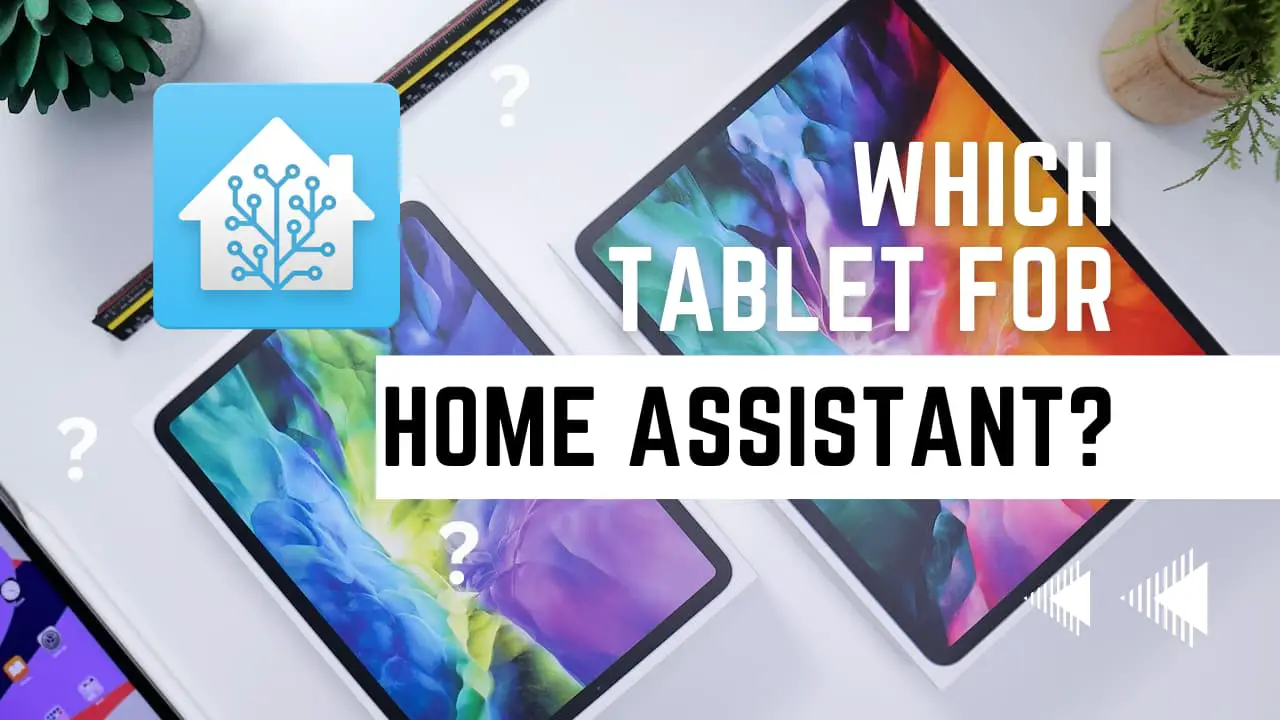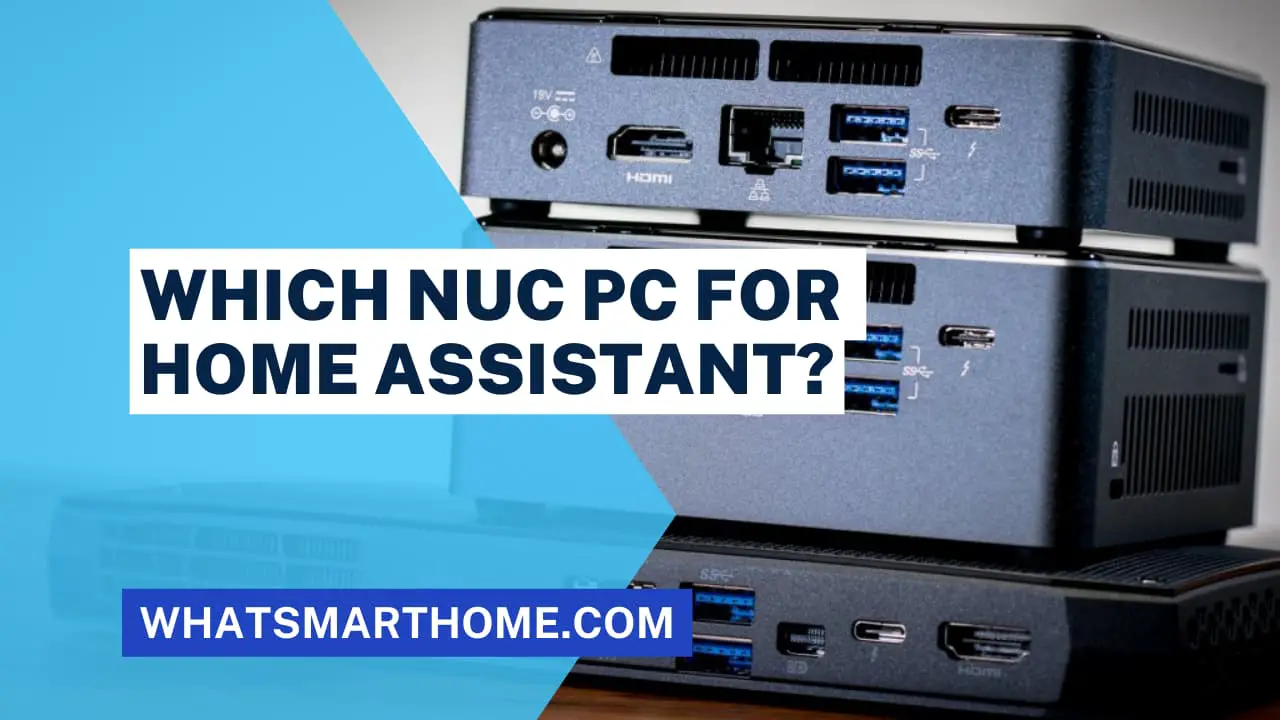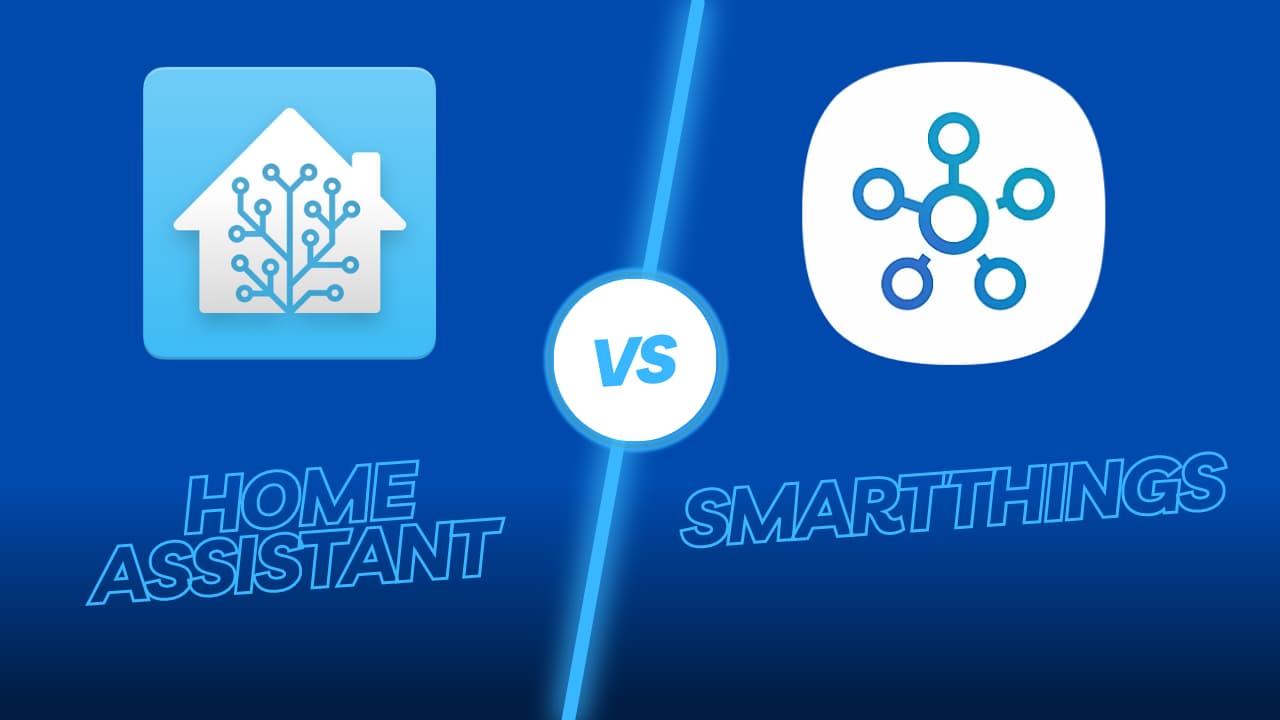
If you are looking to automate your home, you may have come across two popular options: Home Assistant and SmartThings.
Both are smart home systems that allow you to control various devices and automate tasks in your home. But which one is the better choice for you?
In this article, I will compare Home Assistant vs SmartThings and help you make an informed decision.
Introduction
Smart home technology is becoming increasingly popular as it offers convenience, comfort, and energy savings.
Home Assistant and SmartThings are two of the most popular smart home systems that allow you to control various devices in your home, such as lights, locks, thermostats, and more.
Both systems are designed to make your home smarter and more efficient, but they have some differences that you should consider before making a decision.
What is Home Assistant?
Home Assistant is an open-source home automation platform that you install on your own hardware which runs on various devices, including Raspberry Pi, Docker, and desktop computers.
It can be accessed via a web browser or a mobile app from your phone or a tablet.
It is highly customizable and flexible, allowing you to control a wide range of devices, including those that are not officially supported. Home Assistant supports over 2400 integrations, including popular ones like Amazon Alexa, Google Assistant, Philips Hue, and Nest.
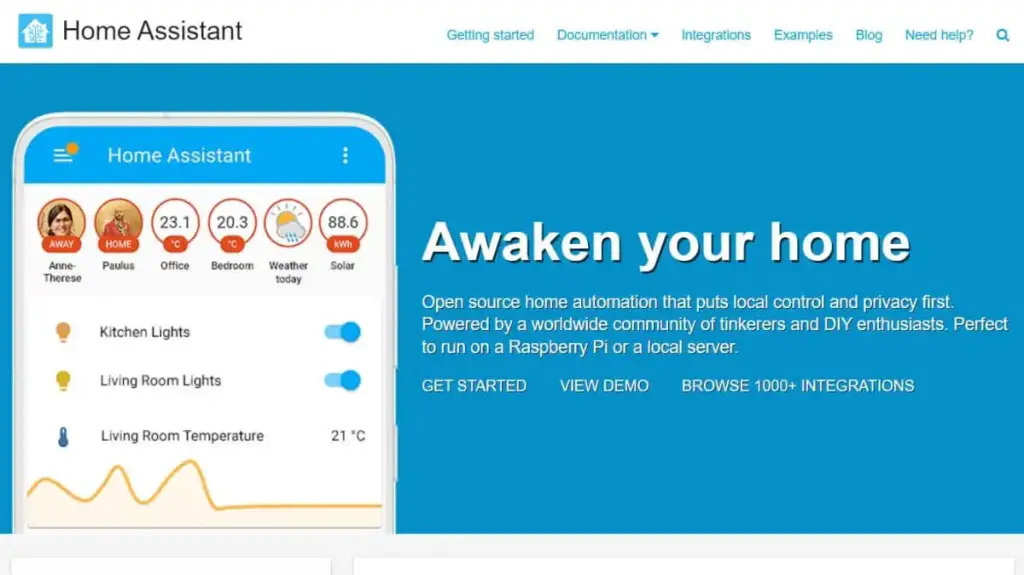
What is SmartThings?
SmartThings is a smart home platform developed by Samsung that allows you to connect and control various devices in your home, such as lights, locks, sensors, and cameras.
SmartThings is easy to set up and use, and it supports a wide range of devices from different manufacturers. You can control your SmartThings devices using the SmartThings app, Amazon Alexa, Google Assistant, or the Samsung SmartThings Hub.
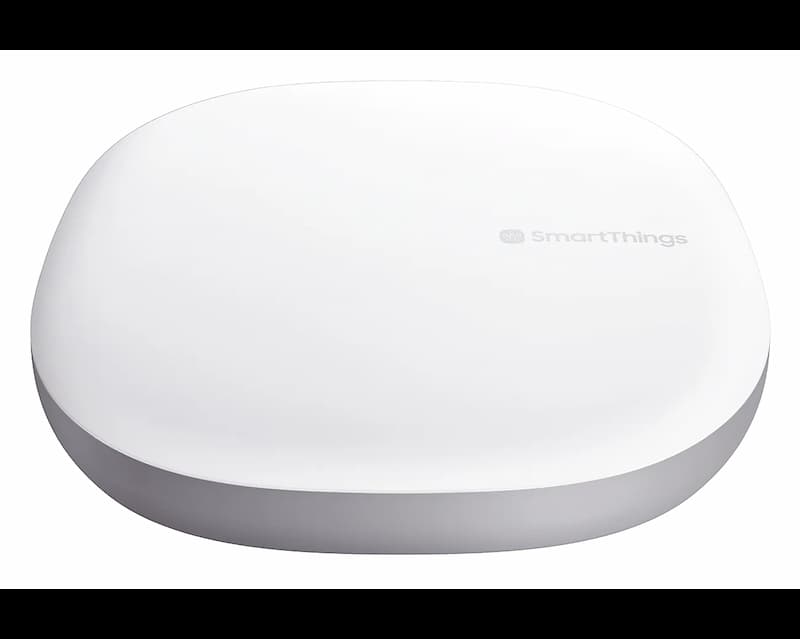
Installation and Setup
Setting up Home Assistant can be a bit challenging, especially if you are not familiar with Linux and networking. You can install Home Assistant on a Raspberry Pi, Docker, or a desktop computer. Once installed, you need to configure the platform and set up integrations and devices manually. However, Home Assistant offers detailed documentation and an active community that can help you with the setup process.
On the other hand, setting up SmartThings is relatively easy. You need to download the SmartThings app, create an account, and follow the on-screen instructions to set up your devices. You can also use the Samsung SmartThings Hub to connect your devices and control them using the SmartThings app.
User Interface
The user interface of Home Assistant is highly customizable and flexible, but it can be overwhelming for some users. You can choose from various themes and layouts, and you can create custom dashboards to control your devices.
Home Assistant also supports voice control using Amazon Alexa or Google Assistant. The main interface is web-based and Home Assistant also provides apps for iOS and Android devices to monitor and control your home on the go.
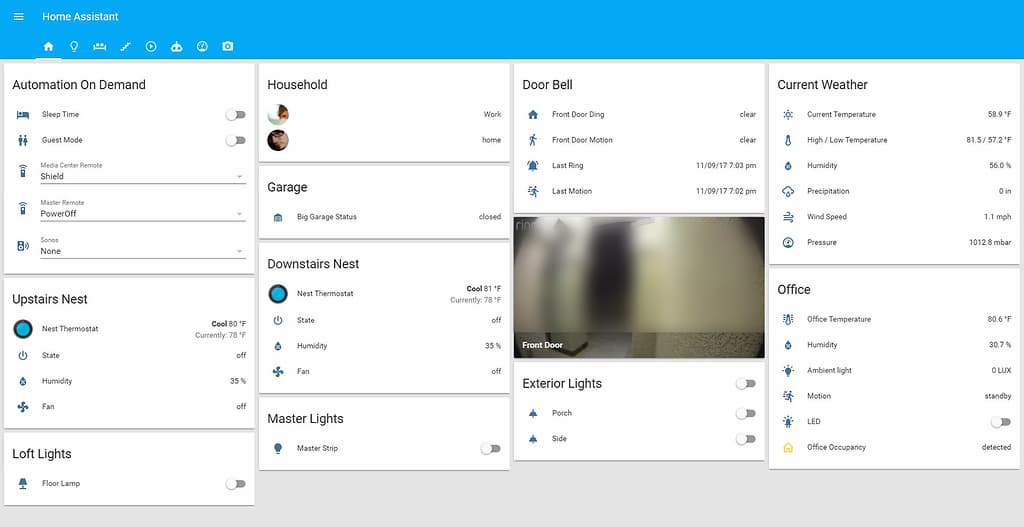
SmartThings also has a user-friendly interface that is easy to navigate. You can control your devices using the SmartThings app, which allows you to create scenes, routines, and automations. SmartThings also supports voice control using Amazon Alexa, Google Assistant, or the Samsung SmartThings Hub.
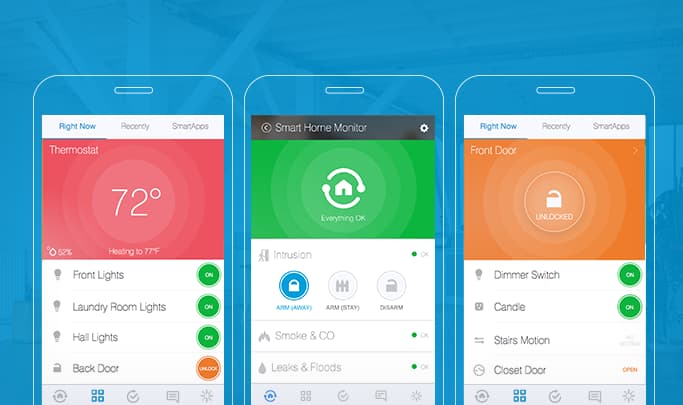
Device Compatibility
Both Home Assistant and SmartThings support a wide range of devices from different manufacturers. However, Home Assistant has an advantage when it comes to device compatibility, as it supports more integrations and devices than SmartThings.
Home Assistant also supports custom integrations, which means you can control devices that are not officially supported.
Automation and Scripting
Home Assistant is highly customizable and allows you to create complex automations and scripts using YAML or Node-RED. You can create automations based on time, location, device state, or any other trigger.
You can also create scripts to perform multiple actions with a single command. Home Assistant offers a wide range of automation and scripting options, but it requires some technical knowledge to set up.
SmartThings also supports automations and scripting, but it is less flexible than Home Assistant. You can create routines and automations based on time, location, or device state, but you cannot create custom scripts. SmartThings offers a simpler automation system that is suitable for most users.
Integrations
Both Home Assistant and SmartThings support a wide range of integrations with other platforms and services. Home Assistant supports over 2400 integrations, including popular ones like Amazon Alexa, Google Assistant, Philips Hue, and Nest.
You can also create custom integrations using the Home Assistant API. Home Assistant offers a high level of customization and flexibility when it comes to integrations.
SmartThings also supports a wide range of integrations, including Amazon Alexa, Google Assistant, Philips Hue, and Nest.
SmartThings also has an active community that creates custom integrations for various devices and services. SmartThings offers a good balance between ease of use and flexibility when it comes to integrations.
Security and Privacy
Both Home Assistant and SmartThings take security and privacy seriously. Home Assistant is an open-source platform that allows you to host your data on your own server, which gives you complete control over your data. Home Assistant also supports encryption and two-factor authentication for added security.
SmartThings uses cloud servers to store your data, which means your data is more vulnerable to hacking and data breaches. However, Samsung has implemented various security measures to protect your data, such as encryption and two-factor authentication.
SmartThings also allows you to control your data-sharing preferences to protect your privacy.
Performance and Stability
Home Assistant and SmartThings both offer stable and reliable performance when it comes to controlling your devices. However, Home Assistant can be resource-intensive, especially if you have a lot of devices and automation.
Home Assistant requires a powerful device to run smoothly, and you may experience some delays or crashes if your device is not powerful enough.
SmartThings offers a more streamlined performance that is suitable for most users. SmartThings does not require a powerful device to run smoothly and offers fast and reliable performance.
Price
Home Assistant is a free and open-source platform that you can install on your own device. However, you may need to purchase additional hardware to run Home Assistant, such as a Raspberry Pi or a dedicated server.
Home Assistant also offers an optional cloud-based service called Nabu Casa, which costs $6.50 per month.
SmartThings offers a range of devices and hubs that you can purchase to control your devices. The price of SmartThings devices varies depending on the type and number of devices you need.
Customer Support
Home Assistant offers a wide range of documentation, forums, and an active community that can help you with any issues or questions.
Home Assistant also offers a support service called Nabu Casa, which offers additional support and features for a monthly fee.
SmartThings offers a comprehensive support system that includes online forums, customer service, and a knowledge base.
Pros and Cons
Home Assistant
Pros
Highly customizable and flexible
Supports a wide range of devices and integrations
Open-source and free
Offers advanced automation and scripting options
Cons
Requires technical knowledge to set up
Resource-intensive and may need a powerful device to run smoothly
Nabu Casa cloud service costs $6.50 per month (as of April 2023)
SmartThings
Pros
Easy to set up and use
Offers a good balance between ease of use and flexibility
Supports a wide range of devices and integrations
Cons
Less flexible than Home Assistant
Cloud-based service, may raise privacy and security concerns
Conclusion
I looked at Home Assistant vs SmartThings, and choosing between these smart home platforms ultimately depends on your specific needs and preferences. Home Assistant offers a high level of customization and flexibility, but it requires technical knowledge to set up and may require a powerful device to run smoothly.
Home Assistant is more of a DIY solution whereas SmartThings can be more plug-and-play.
SmartThings offers a simpler and more streamlined experience that is suitable for most users, but it is less flexible than Home Assistant and raises privacy and security concerns due to its cloud-based service.
If you are not sure about SmartThings then check my article which lists some of the best alternatives to consider.
If you value customization and flexibility and have technical knowledge, Home Assistant may be the better choice for you. If you prefer an easy-to-use system that offers a good balance between flexibility and ease of use, SmartThings may be the better choice for you.


